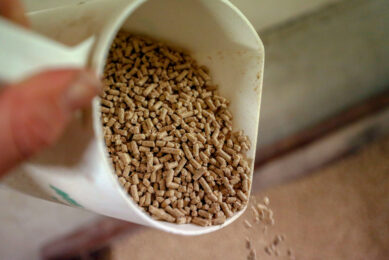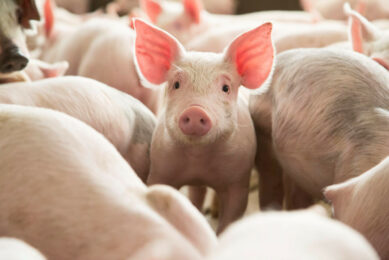Toxin levels during pork recall extraordinary high
The contaminated pig feed that brought the Irish pork sector to its knees in December had toxin levels so great that scientists struggled to measure them.
A British laboratory that tested the feed warned that the poison levels in a sample of breadcrumbs were "so high as to often be beyond the measurement range of the instruments used". Documents released under the Freedom of Information Act show how officials and scientists struggled to keep abreast of the unfolding crisis.
They also disclose how by then, the plant’s owner Robert Hogg had already stopped using the suspect oil thought to have caused the contamination because it caused on-going problems.
The discovery of cancer-causing dioxins detected in Irish pork was catastrophic for the pig sector, temporarily shutting down the industry and leaving the taxpayer with a €200m compensation bill.
The toxins were initially detected on November 28 and further investigations traced the contamination to Millstream Recyling. The Department of Agriculture issued a short statement on December 4 saying that is was investigating the source of contaminant in animal feed. But the statement received scant coverage.
The magnitude of the crisis only became clear on December 6, when the government suddenly announced a blanket recall of all Irish pork products a major agricultural crisis.
While confidence in Irish pork has largely been restored, the repercussions are still being felt in the industry. Pig processors left out of pocket as a result of the recall have received only €45m of the €185m compensation package because of bureaucratic difficulties in getting the unwanted product back to Ireland.
Farmers are also awaiting compensation payments; all 17 herds have been destroyed — including Robert Hogg’s pigs; €8,600,000 of an estimated €20m has been paid to date.












